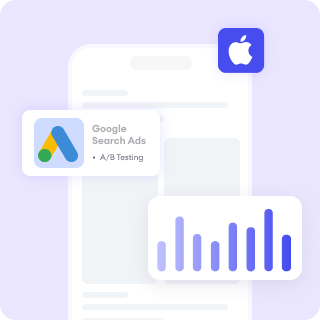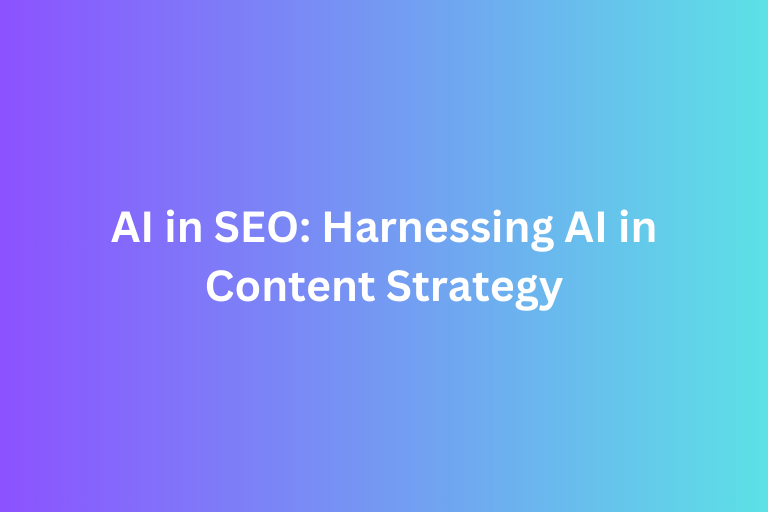Imagine walking into your favorite coffee shop, and the barista takes 20 minutes to make your usual latte. Would you stick around? Probably not. The same principle applies to your website. Nowadays, no one has the patience to wait for a slow-loading site.
In fact, studies show that 53% of users abandon a site if it takes more than three seconds to load. That’s over half of your potential audience will be gone before they even see what you have to offer.
Let’s explore the top 4 reasons why your site speed matters so much and how you can optimize it for your business.
1. First Impressions Count
Your website is often the first interaction people have with your brand. A slow-loading site doesn’t just test their patience but it also sends a message that you might not be reliable or professional.
When you think about it, would you trust a business with a site that feels like it’s stuck in the early 2000s or a site that runs smoother and faster than you can expect?
Speed optimization is your way of saying, “I respect your time.” to your audience, and with that respect, it builds trust between your site and the audience. Eventually, this is essential for turning visitors into loyal customers.
2. Google Cares About Speed
Here’s a not-so-secret secret: Google loves fast websites. Site speed is actually one of the key ranking factors in search engine optimization (SEO). The faster your site, the more likely it is to climb those search engine results pages (SERPs).
But why? Why does Google prioritize speed?
This is because Google’s mission is to provide the best user experience possible for their user, and nobody enjoys waiting for a sluggish site. So, if you want to improve your visibility and reach, speed optimization isn’t optional. It’s a must for you to improve and optimize your site.
3. Better Speed, Better Conversions
A fast website doesn’t just keep people from leaving but it also nudges them toward action. Whether you’re selling a product, offering a service, or sharing content, every millisecond counts.
According to research by Google, a delay of just one second in mobile load times can impact conversion rates by up to 20%. That’s a lot of missed opportunities! Faster sites make for smoother experiences, and smoother experiences lead to more sign-ups, purchases, and engagement, eventually bringing you more conversion and profit for your business.
4. Mobile Users Expect Lightning Speed
Nowadays, with the rise of mobile users, more people are doing mobile browsing compared to before. However, mobile users often deal with less-than-perfect network conditions, making speed optimization is very important if you want to retain their engagement. A fast-loading mobile site can mean the difference between someone browsing casually and someone becoming a loyal customer.
How To Boost Your Site Speed?
Now that you’re sold on the importance of speed, here are some actionable tips to get your site running at lightning speed:
1. Optimize Images
Large, uncompressed images are one of the most common culprits of slow websites. Use tools like TinyPNG – Compress AVIF, WebP, PNG and JPEG images or ShortPixel Image Optimizer – Compress & Convert to WebP & AVIF | ShortPixel to compress images without sacrificing quality. Additionally, consider using modern image formats like WebP, which are smaller in size compared to traditional formats like JPEG or PNG.
2. Use a Content Delivery Network (CDN)
CDNs distribute your site’s content across multiple servers worldwide. This ensures that users access your site from a server nearest to their location, reducing latency and improving load times. Popular CDNs include Connect, protect, and build everywhere | Cloudflare and Akamai.
3. Minimize Code
Streamline your site’s code by removing unnecessary spaces, comments, and unused features in CSS, JavaScript, and HTML. Tools like UglifyJS or CSSNano can automate this process. Additionally, combine multiple CSS and JavaScript files into one to reduce HTTP requests.
4. Enable Browser Caching
Browser caching stores static files like images, stylesheets, and JavaScript locally on a user’s device, which can help to reduce load times for repeat visits. Configure your caching settings through your server or plugins like W3 Total Cache for WordPress.
5. Choose a Fast Hosting Provider
Your hosting provider plays a critical role in site performance. Look for hosting services that offer high-speed servers, SSD storage, and features like HTTP/3 and built-in caching. Managed hosting solutions like Kinsta® - Fast, secure, feature-rich hosting for WordPress or Web Hosting Perfected - SiteGround are excellent options for performance-oriented hosting.
6. Enable Gzip Compression
Gzip reduces the size of your site’s files, such as HTML, CSS, and JavaScript, making them quicker to download. You can enable Gzip through your server settings or with plugins if you’re using a CMS like WordPress.
7. Reduce HTTP Requests
Every element on a webpage, like images, scripts, and stylesheets, requires an HTTP request to load. Reducing the number of requests—by combining files, using CSS sprites, or eliminating unnecessary elements—can significantly speed up your site.
8. Use Lazy Loading
Lazy loading ensures that images and other elements only load when they’re about to enter the user’s viewport. This reduces the initial load time of your site, especially for pages with heavy multimedia content.
9. Monitor and Optimize Performance Regularly
Use tools like Google PageSpeed Insights, GTmetrix, or Pingdom to analyze your site’s speed and identify areas for improvement. Regular audits ensure your site stays optimized as you add new content.
The Bottom Line
Creating a seamless, smooth, and enjoyable experience, will help to keep users coming back to your site. A faster site boosts trust, improves visibility, and, ultimately, grows your business in various ways that you can imagine. By implementing these tips, you’ll not only improve your site’s speed but also enhance user experience, reduce bounce rates, and boost your SEO rankings.
A fast website is a competitive advantage, so invest the time and resources to make it a priority!
Improve your website performance with FoxAdvert!
If you are looking forward to how to improve your website performance, our professional team of SEO experts at FoxAdvert can help you. Contact us today to start your journey 😊











